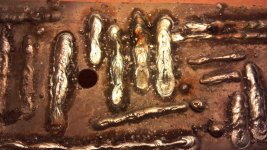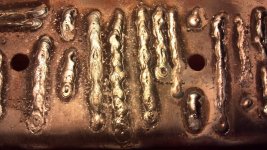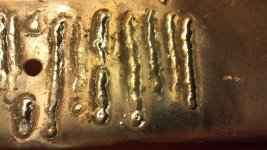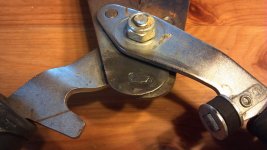OP
joshuabardwell
Elite Member
A capacitor will do a lot to absorb spikes, but a varistor in addition will likely be needed if there is any real electronics involved.
You know, I'm showing my ignorance here, but now that you mention it, that thing I was calling a capacitor is probably a varistor. Capacitors are usually cylindrical in shape, although I think they sometimes come in the dime-shaped package that my welder has got. But more fundamentally, the dang thing says "varistor" on the side. I was trying to look up replacements for it the other day, in case it was messed up, and I could not figure out why it didn't have a Farad rating printed on it. I looked all over the Internet for "Varistor Capacitor" trying to track down who the manufacturer or part number was. James, this may explain why the results I got from my multimeter didn't look anything like a capacitor should look.
But if it's a varistor, where's the capacitor to go with the inductor/choke? I thought they usually came in pairs.
Another thought: if it's a varistor, then isn't it consumable? Won't it eventually lose its ability to protect against spikes, like a power strip?
Every time I look dumb, I learn something new. After all these years, you'd think I'd stop looking so dumb so often.



